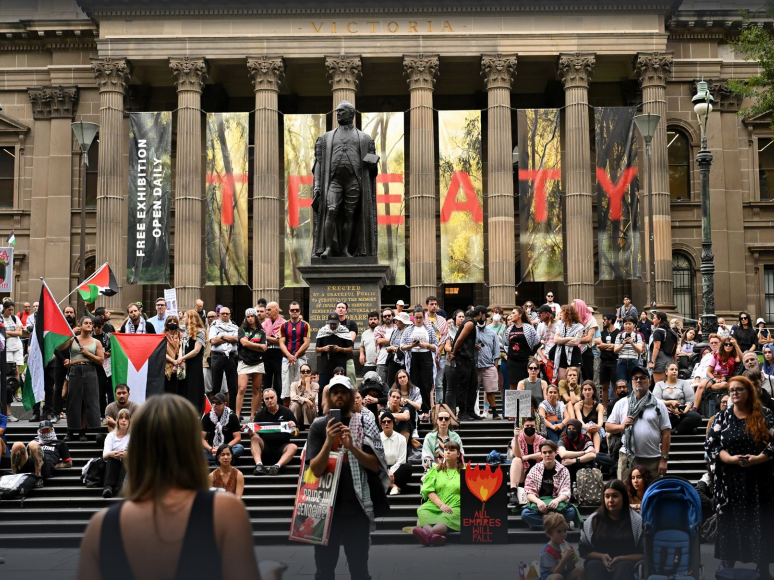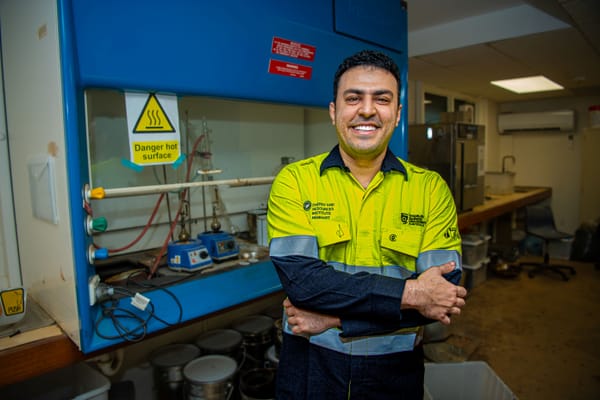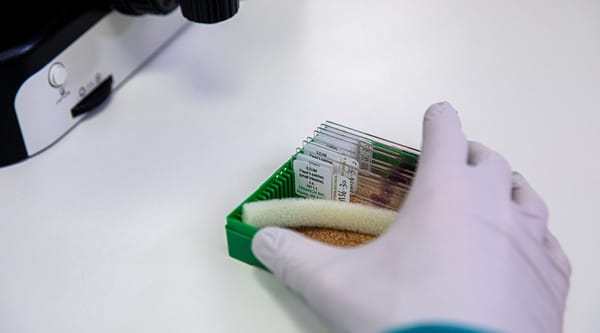Digital News Report: Australia 2025
The Digital News Report: Australia 2025, released by the University of Canberra’s News and Media Research Centre, shows that while television remains king for Australian news consumption.

First published by University of Canberra
Kelly White
17 June 2025: The Digital News Report: Australia 2025, released by the University of Canberra’s News and Media Research Centre, shows that while television remains king for Australian news consumption, social media is quickly catching up, with podcasts close behind, and Artificial Intelligence (AI) chatbots entering the scene.
Television remains the most popular news source for Australians at 37 per cent, but social media’s dominance continues to grow, and this year, for the first time since the Australian survey began, social media platforms have overtaken online news (26 per cent vs 23 per cent) as a main source of news.
When it comes to social media, the preferred channels for news remain divided based on generational differences.
Facebook remains the top social media platform for news consumption overall at 38 per cent (up 6 percentage points from last year), but Instagram is the most widely used platform for news among 18-24s at 40 per cent, up five percentage points from last year. TikTok is being used as a news source by more than one-third of 18–24-year-olds, up a whopping ten percent points since 2024.
This year, one in ten Australians reported using podcasts and six per cent using AI chatbots to get news in the week prior to the survey. X and WhatsApp recorded strong growth in news use as well.
Artificial Intelligence made gains in trust this year. Now, one in five Australians say they are okay with AI producing their news with little human oversight – up four percentage points from last year. However, the majority of Australians (54 per cent) remain somewhat or very uncomfortable with AI produced news.
Women and men continue to have differing preferences in news consumption. Women tend to be lighter consumers of news across all platforms except for social media. Only 44 per cent of women access news more than once a day, which is 23 percentage points lower than men. Women are also much less likely to use newer forms of news, such as podcasts and AI chatbots.
Despite Australians rating online influencers and personalities as a major misinformation threat (57 per cent) – making Australians’ concern about influencers the highest globally – people continue to turn to them as a source of news, particularly young people who use TikTok.
Other misinformation actors, as rated by Australians, included activists (51 per cent), foreign governments (49 per cent), Australian political actors (48 per cent), and news media and journalists (43 per cent).
This year for the first time, participants were asked how trust in news could be improved, revealing six key areas for improvement: more facts and accuracy (26 per cent), less bias and opinion (24 per cent), more breadth and depth in reporting (17 per cent), greater transparency and accountability (15 per cent), increased verification (9 per cent), and more independence from commercial and political interests (9 per cent).
There’s still a strong demand for local news in the information landscape. In fact, interest in local news has risen five percentage points since 2020. Among different local information types, stories about crime and accidents are the most popular (54 per cent), followed by local information services such as bus timetables and weather (41 per cent) and local events and activities (36 per cent).
When asked about which online platforms pose a major misinformation threat, 59 per cent nominated Facebook, followed by TikTok (57 per cent), X (49 per cent), Instagram (42 per cent) and YouTube (35per cent).
When people encounter misinformation, 39 per cent report turning to trusted news sources to check the veracity of the information.
“This represents good fact-checking practice, which is key to navigating a complex media environment,” said lead researcher Professor Sora Park.
For the first time in 2025, DNR measured how many respondents had received formal literacy education – revealing that only a quarter of Australians have.
“Only one in four Australians say they have received training about how to use and understand news,” said Professor Park.
“These people are also more likely to pay for news, trust the news and have a higher interest in it."
While citizens are navigating misinformation, governments too are examining their role in the information economy and news landscape.
DNR Australia 2025 reveals that Australians are divided on how to tackle harmful content online, particularly when political affiliation is accounted for. 32 per cent of right-wing news consumers in Australia believe too much content is being taken down on social platforms, compared to 18 per cent of left-wing news consumers.
The News and Media Research Centre has run four additional concurrent research projects during the 2025 Australian Federal Election, investigating the impacts of news, misinformation, social media and political advertising, and studying the diversity, equity and inclusion (DEI) messaging in political discourse. Email nmrc@canberra.edu.au to be added to our mailing list for updates on the results.
You can access the full Digital News Report: Australia 2025 here.




